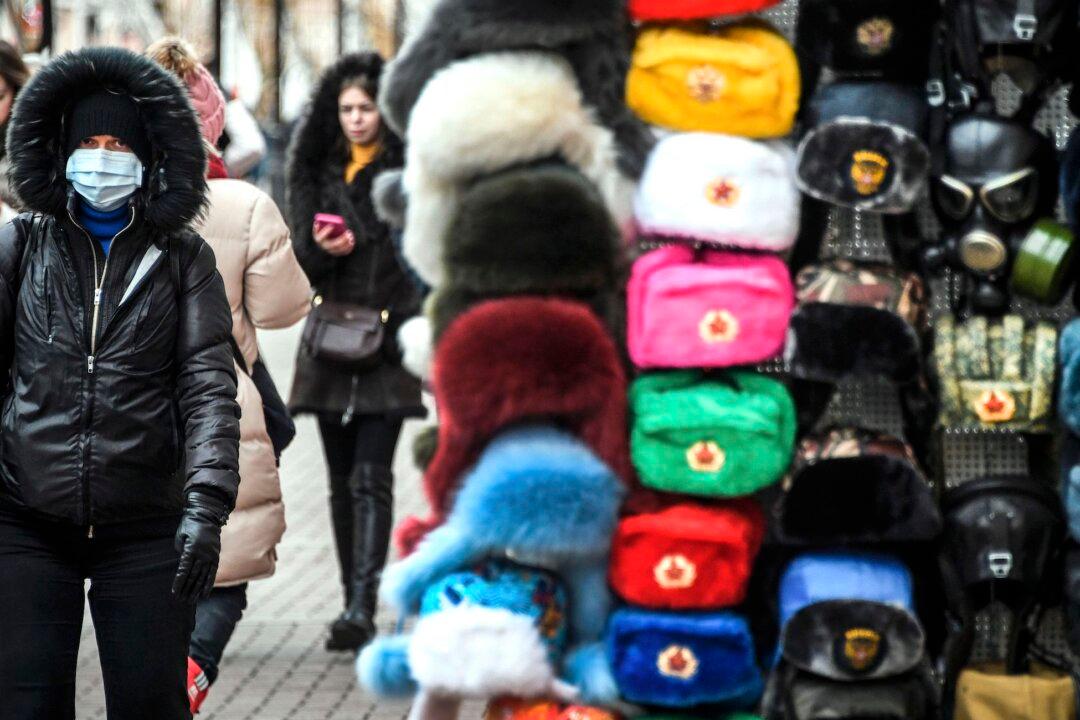Russia’s Foreign Ministry has clarified the conditions of a sweeping entry ban for Chinese citizens which was announced on Feb. 18 in a bid to prevent the spread of the new coronavirus, which causes COVID-19.
The ban will be partial and only affect those who travel with tourist, private, student, and work visas while visitors with official, business, humanitarian, and transit visas will still be allowed into the country, the ministry said. It will go into effect on Feb. 20 at midnight Moscow time.





